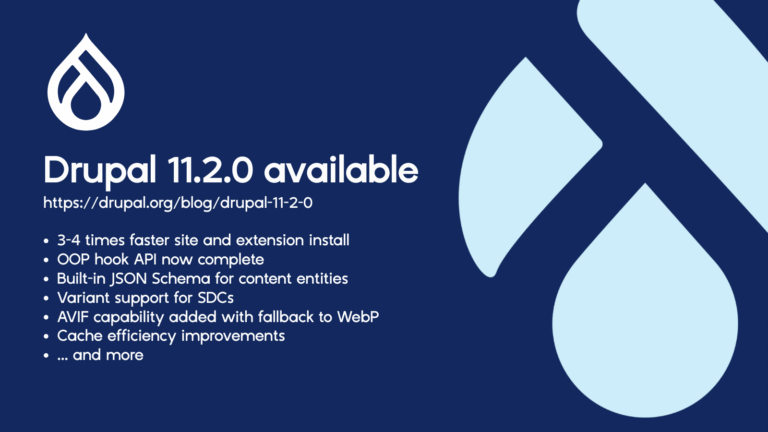
Detecting threats promptly can make the difference between a minor incident and a catastrophic breach. SIEM tools such as LogRhythm NextGen SIEM and ArcSight by Micro Focus monitor security events continuously and provide real-time alerts. This capability allows security teams to respond immediately, minimizing potential damage and downtime.
As threats become more sophisticated, SIEM solutions have evolved by integrating machine learning and artificial intelligence technologies. IBM QRadar and Exabeam use AI-driven analytics to reduce false positives and uncover hidden attack patterns. This automation not only improves detection accuracy but also prioritizes alerts, ensuring security teams focus on the most critical threats.
4. Scalability and Flexibility Through Cloud-Native Architectures
We believe organizations that invest in modern SIEM solutions gain not only improved security but also operational efficiency and competitive advantage. The days when SIEM was considered optional are over. Today, it is a vital investment in resilience, protecting digital assets and enabling organizations to face tomorrow’s cyber challenges with confidence.
Today’s organizations rarely operate solely in on-premises data centers. Many have hybrid setups or use multiple cloud service providers. SIEM platforms like Fortinet FortiSIEM offer unified visibility across these complex environments, ensuring no gaps in security monitoring regardless of where data or applications reside.
Security teams benefit greatly from intuitive interfaces that present relevant information clearly and concisely. Solutions such as Splunk Enterprise Security and AlienVault USM feature customizable dashboards and reporting tools. These interfaces enable different stakeholders, from analysts to executives, to quickly grasp security posture and make informed decisions.
While commercial SIEM solutions provide extensive features and support, smaller organizations or those with limited budgets can benefit from open-source alternatives. Platforms like Wazuh, OSSEC, and Graylog offer core SIEM functionalities such as real-time threat detection, log management, and compliance monitoring without licensing fees. These tools are highly customizable, allowing organizations to tailor their security operations while managing costs.
Many industries operate under stringent regulatory frameworks such as HIPAA, GDPR, and PCI DSS. SIEM platforms help organizations maintain compliance by automating log collection, monitoring access, and generating audit-ready reports. AlienVault USM from AT&T Cybersecurity is especially recognized for its built-in compliance management tools that reduce the complexity and workload of regulatory adherence.
8. Cost-Effective Options Including Open Source Solutions
10. Future-Proofing Your Security Strategy
In an era where cyber threats continue to grow in both frequency and sophistication, organizations must adopt robust security measures to protect their critical data and infrastructure. One of the most effective tools in the cybersecurity arsenal is Security Information and Event Management, or SIEM. SIEM platforms collect and analyze security data from across an organization’s digital environment to provide real-time monitoring, threat detection, and incident response. The pivotal role SIEM solutions play in modern security strategies can not be underestimated. Whether you are a small business or a large enterprise, implementing a reliable SIEM system can be a game-changer. Below, we explore ten key reasons why investing in SIEM technology is no longer optional but essential for your organization’s cybersecurity posture.
1. Centralized and Comprehensive Threat Visibility
9. Enhanced User Experience Through Customizable Dashboards
6. Integration with Security Orchestration and Automation
By Gary Bernstein
3. Leveraging Advanced Analytics and Artificial Intelligence
Time is a precious resource for cybersecurity teams, often stretched thin by routine tasks and an overwhelming number of alerts. Integrating SIEM with Security Orchestration, Automation, and Response (SOAR) tools allows many of these processes to be automated. For example, LogRhythm and Exabeam provide integration capabilities that enable automatic investigation and remediation workflows, freeing analysts to focus on high-value activities.
Looking Ahead: The Future of SIEM
5. Simplified Compliance and Audit Readiness
The cybersecurity landscape is dynamic. Threat actors constantly innovate, which means organizations must anticipate future risks. Modern SIEM providers are investing heavily in AI, behavioral analytics, and predictive capabilities. By selecting a forward-looking SIEM solution today, your organization positions itself to leverage emerging technologies that can detect threats before they materialize and automate defenses accordingly.
The future of SIEM is rapidly evolving. Artificial intelligence and automation will become more deeply embedded in every layer of SIEM functionality, from predictive threat hunting to self-healing response mechanisms. Cloud adoption will accelerate the shift toward scalable, flexible platforms that adapt to hybrid and multi-cloud realities. Additionally, as regulatory landscapes evolve, SIEM will play a critical role in simplifying compliance management.
The rapid adoption of cloud computing has transformed IT environments, requiring security tools that can scale accordingly. Microsoft Sentinel, launched in 2020, exemplifies this evolution as a cloud-native SIEM solution. Its ability to seamlessly integrate with Azure, Office 365, and other cloud platforms enables organizations to protect distributed and hybrid infrastructures without sacrificing performance or flexibility.
7. Support for Hybrid and Multi-Cloud Environments
Cybersecurity teams face a constant challenge: the volume and diversity of security data generated by applications, devices, and users. SIEM platforms like Splunk Enterprise Security, which has been a market leader since 2003, centralize this data from logs, network devices, endpoints, and cloud services. This consolidation offers security professionals a comprehensive view of their environment, enabling faster identification of anomalies and threats that might otherwise remain hidden in isolated data silos.
2. Real-Time Detection and Rapid Incident Response






